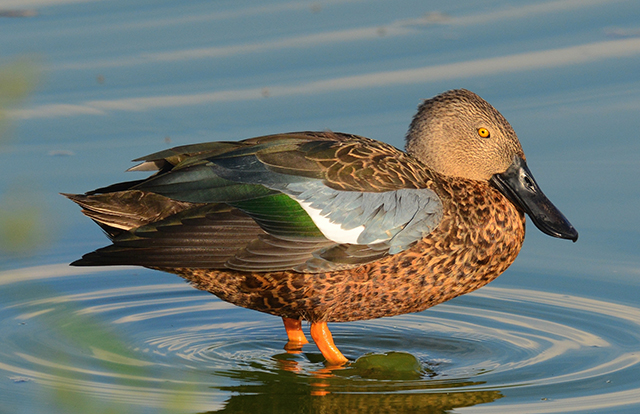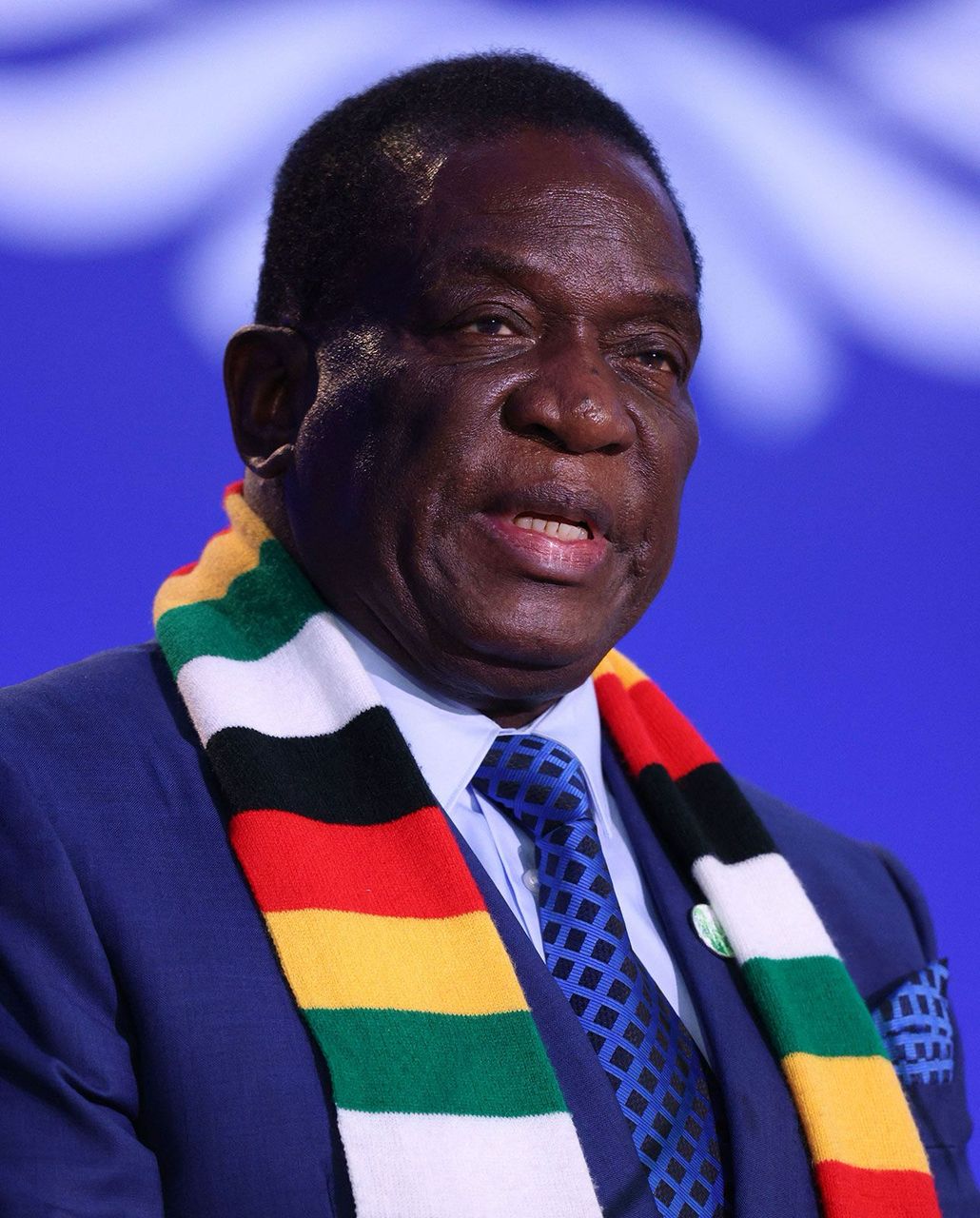THIS year’s Walvis Bay winter bird count was held last weekend and a total of 75 176 birds of 38 species were recorded.
According to a statement by Peter Bridgeford of the Coastal Environmental Trust of Namibia, this compares well with other winter counts of 80 729 in 2018 although this figure is down from the 110 300 recorded in 2010.
During the 2017 winter count, the team of volunteers only counted 54 412 and in 2012 they recorded 50 800 birds.
“On Saturday, we had good visibility as it was mostly sunny, although a cold wind started later. However, on Sunday, we had typical winter weather for the coast … thick fog and no sun all day. “The reduced visibility worked against us and the black-necked grebes had an undercount, as did the flamingos and the smaller birds in some places.
“In the sewage ponds, the smelly water prevented counters from getting to all ponds and the reeds also blocked their view,” he said in the statement.
Bridgeford added that as most of the bird migrants are in Europe having a very hot summer over there, this winter count total is about average.
“The flamingos, our most visible birds, with 36 477 greater flamingos recorded, compares favourably with other winter counts. In 2003, we had 32 626 and in 2007, 35 068.
“However, in July 2004, we counted 43 679,” he said.
Lesser flamingos, with many juveniles, probably from Kamfers Dam in Kimberley, totalled only 14 789.
Bridgeford said this is not a bad figure for a winter count, as in 2010, they only had 2 945 lesser flamingos and 644 in 2012.
At the opposite end of the scale, in July 2013, they recorded 21 919 lesser flamingos.
The black-necked grebes were down from 16 494 in 2013, to 2 976 this year. However, fog reduced visibility in the ponds with these birds, so there could have been many more lurking in the mist.
What was noticeable, were the number of cape shovellers in the ponds, with 75 recorded. This may not seem many, but they are generally not found in the salty water, as they appear to prefer freshwater, Bridgeford said. The sewage ponds, although not all counted, provided a total of 15 963 birds of 21 species and of these, 14 463 were Lesser Flamingos, almost as many as in the lagoon and salt works (14 789).
So in total, 29 252 lesser flamingos were recorded, he said. On a lighter note, Bridgeford said someone fell into the water when they disembarked on the mudflats.
“Fortunately, not off the jetty at the waterfront, there the water is a bit deeper.”
– matthew@namibian.com.na
Stay informed with The Namibian – your source for credible journalism. Get in-depth reporting and opinions for
only N$85 a month. Invest in journalism, invest in democracy –
Subscribe Now!










